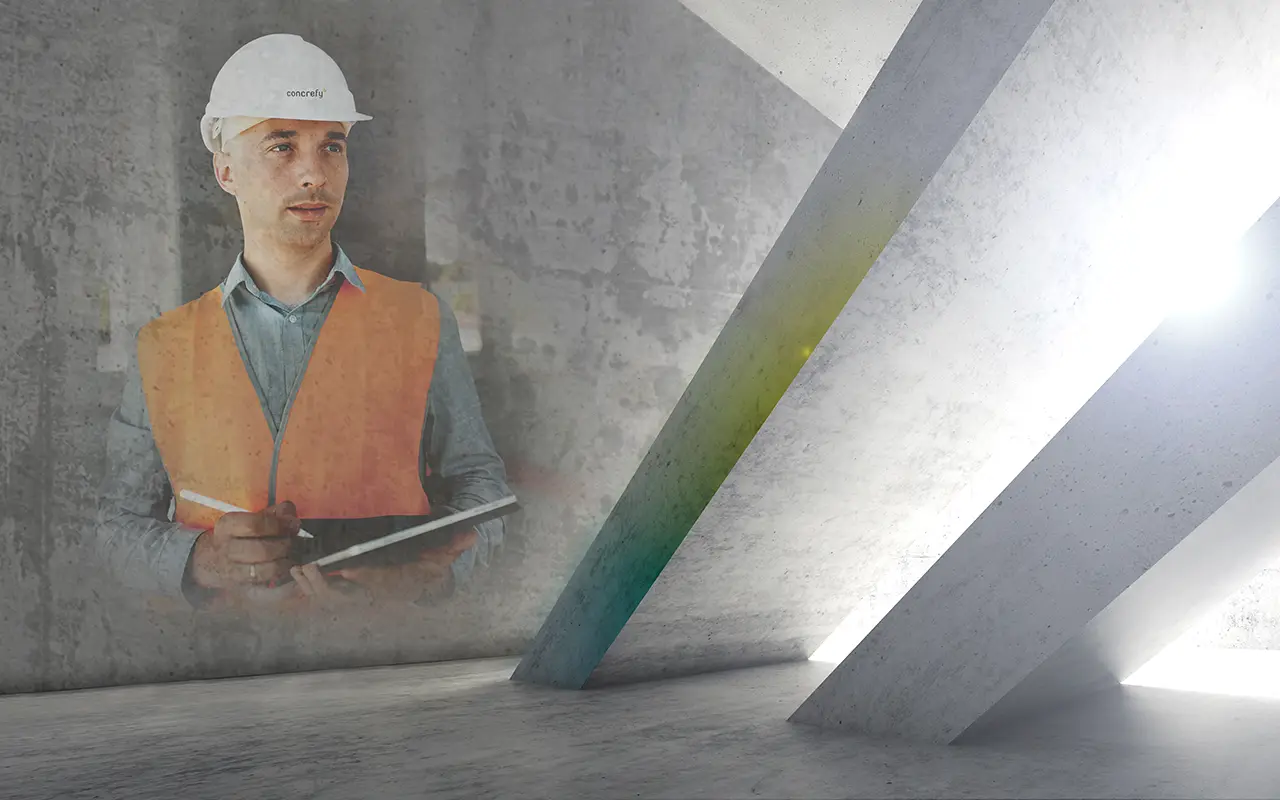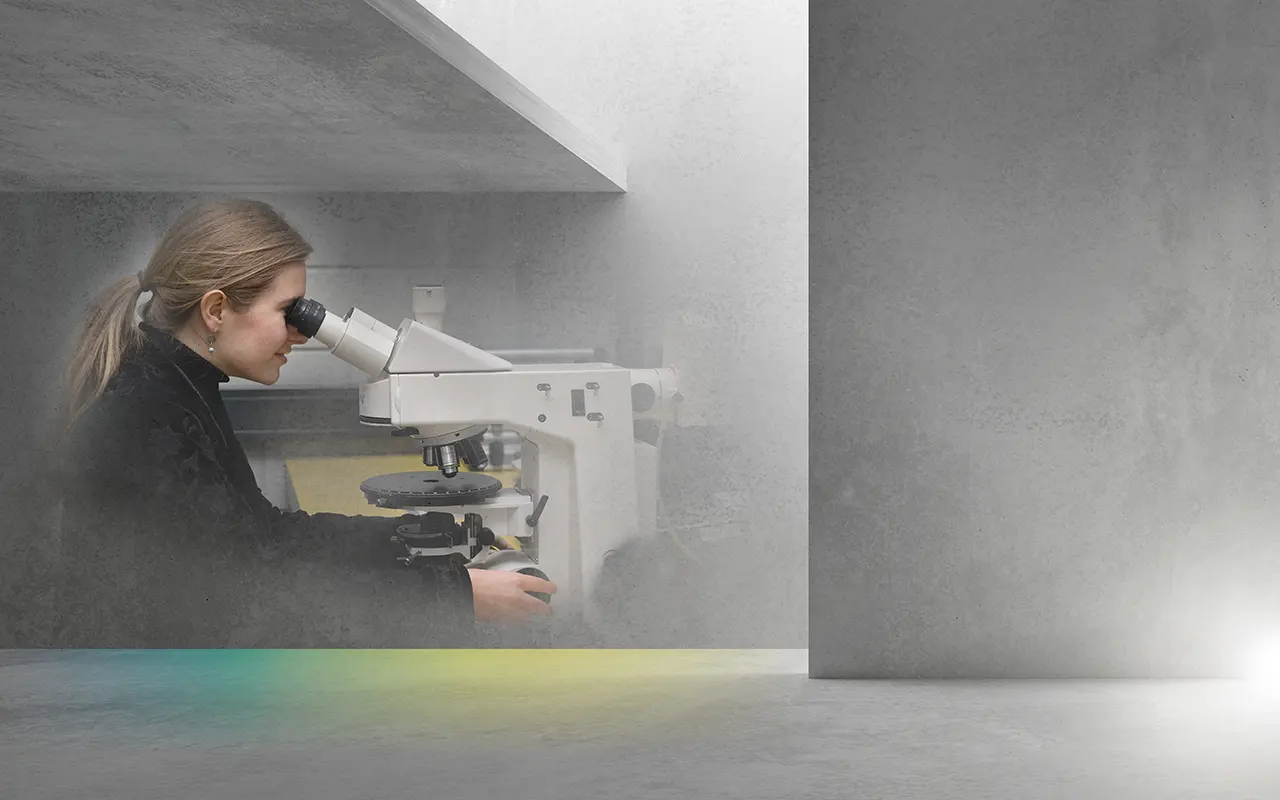40 years Know-How in concrete and concrete technology
We develop and consult next generation innovative concrete technologies and construction methods, to elevate engineering & construction industries to a new standard of performance and environmental stewardship.
Concrefy is a combination of a high-tech laboratory and a knowledge institute with over than 40 years of experiance in concrete technology.
We are specialized in everything that has to do with concrete. From high quality testing in our modern lab to advice on the choice of materials, and from the further industrialisation of construction and production processes to the digitalisation of information flows.
At Concrefy, we dedicate all our energy to understand how we can help our partners and customers to realize their challenges!







